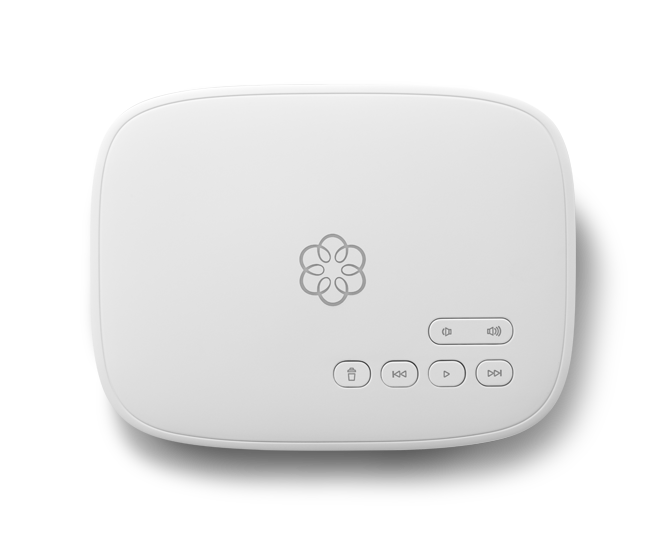Troubleshooting Voice Quality
One of the core strengths of Ooma is its Quality of Service (QoS) feature, which can greatly enhance overall voice quality under congested network conditions. For example, if you are on an Ooma phone call and decide to engage in several bandwidth-intensive tasks (such as batch uploads of images, sending a large email attachment, or streaming video online), the person on the other end of the phone call may complain about call quality. Such complaints may include mention of voice drop outs, and choppy or garlbled audio. With QoS enabled, your voice will sound clear even under congested network conditions.
If you hear static on the line, you should check to see if the static is coming from your phone. Try plugging a different phone into your Ooma device to see if the static persists.
If you’re a landline customer and the static is present on ALL phones, try plugging your phone directly into the jack to see if the static is coming from the landline, itself.
Note: Ooma units that were manufactured after April, 2011 do not have the functionality to connect to a landline.
Please keep in mind that there are certain locations where your Ooma device will function best within your network. If possible, install your Ooma device between the Cable or DSL modem, and the router or computers in the house, as described in your Quick Start Guide as Advanced Setup option A. This allows the Ooma device to prioritize your phone calls over computer data transfers and large file downloads (such as .mp3 or video files) to ensure the best possible voice quality.
If you are unable to resolve your problems by following these troubleshooting steps, you may contact our Customer Care team seven days a week.

